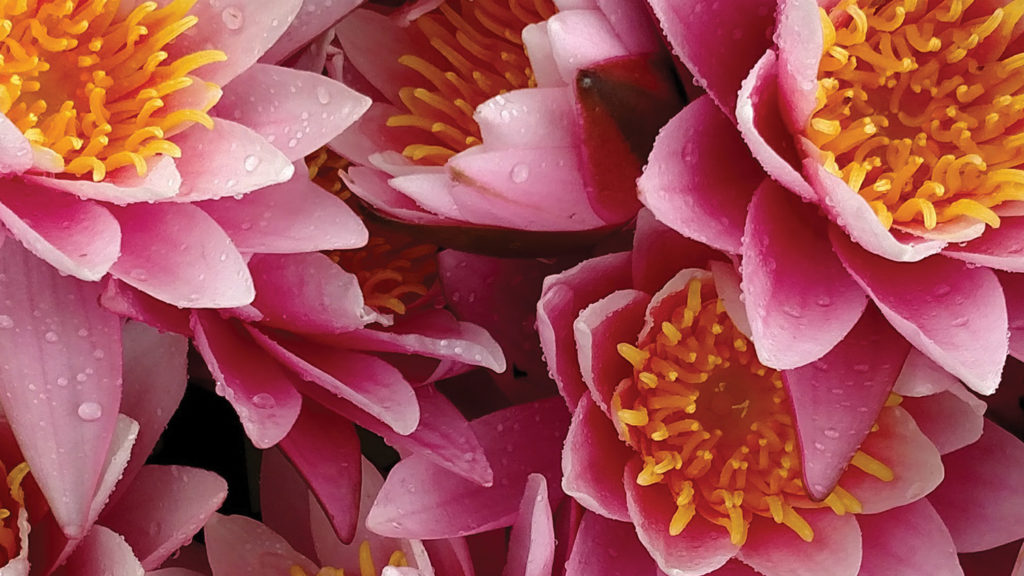Water Lilies as a Cut Flower
go.ncsu.edu/readext?590587
en Español / em Português
El inglés es el idioma de control de esta página. En la medida en que haya algún conflicto entre la traducción al inglés y la traducción, el inglés prevalece.
Al hacer clic en el enlace de traducción se activa un servicio de traducción gratuito para convertir la página al español. Al igual que con cualquier traducción por Internet, la conversión no es sensible al contexto y puede que no traduzca el texto en su significado original. NC State Extension no garantiza la exactitud del texto traducido. Por favor, tenga en cuenta que algunas aplicaciones y/o servicios pueden no funcionar como se espera cuando se traducen.
Português
Inglês é o idioma de controle desta página. Na medida que haja algum conflito entre o texto original em Inglês e a tradução, o Inglês prevalece.
Ao clicar no link de tradução, um serviço gratuito de tradução será ativado para converter a página para o Português. Como em qualquer tradução pela internet, a conversão não é sensivel ao contexto e pode não ocorrer a tradução para o significado orginal. O serviço de Extensão da Carolina do Norte (NC State Extension) não garante a exatidão do texto traduzido. Por favor, observe que algumas funções ou serviços podem não funcionar como esperado após a tradução.
English
English is the controlling language of this page. To the extent there is any conflict between the English text and the translation, English controls.
Clicking on the translation link activates a free translation service to convert the page to Spanish. As with any Internet translation, the conversion is not context-sensitive and may not translate the text to its original meaning. NC State Extension does not guarantee the accuracy of the translated text. Please note that some applications and/or services may not function as expected when translated.
Collapse ▲
Water lilies are not a common cut flower, but they are found now and again at wholesale houses or flower markets. Along with their striking, vibrant colors, some water lilies even have a great fragrance. You may be reluctant to try out this aquatic flower, but if you do, you are sure to have something unique to bring to market. We’ll provide a few production details, and results from a postharvest experiment we conducted here at North Carolina State.
Production
Production may be the easiest aspect of this crop if you already have a pond. We harvested our flowers from a naturally-occurring pond. Where they came from, how old they were, nutrition, and variety were all unknown, but they were free and plentiful!
If you’re interested in growing your own water lilies, you can start your crop using one of two methods. Purchase rhizomes from a big box store or online. Garden centers usually carry live plants throughout a typical growing season. Most will be selling hardy water lilies, which is what we used in our experiments. Avoid planting water lilies into an established natural ecosystem as they can spread rapidly. It is best to keep them contained in your own manmade pond or container.
Harvesting
Harvesting stage can be tricky if you want to store or hold flowers for any length of time, but it is extremely important. Generally, most water lilies are open on the plant for 3 to 4 days, so you need to cut them at the right time to get maximum vase life. When buds are about to open, they will float on the surface of the water in the morning, and open as the sun rises. Many hardy water lilies are day bloomers, so they open in the early morning and close in the evening. Morning harvests will allow you to best identify new buds and flowers.
Postharvest
We implemented our typical postharvest trial test with both buds and first-day flowers. Flowers were placed in either a hydrator solution or water for 4 hours, and then placed into water or a holding solution for 2 days. Flowers were then placed in tap water for vase life evaluation. Neither the hydrator nor holding solution improved vase life. Using a holding solution reduced vase life of both buds and first-day flowers. Buds did not open faster when a hydrator or holding solution was used.
Written by: Nathan Jahnke and John Dole, Department of Horticultural Science, North Carolina State University
Published by: The Cut Flowers Quarterly, Vol 31, No 1


